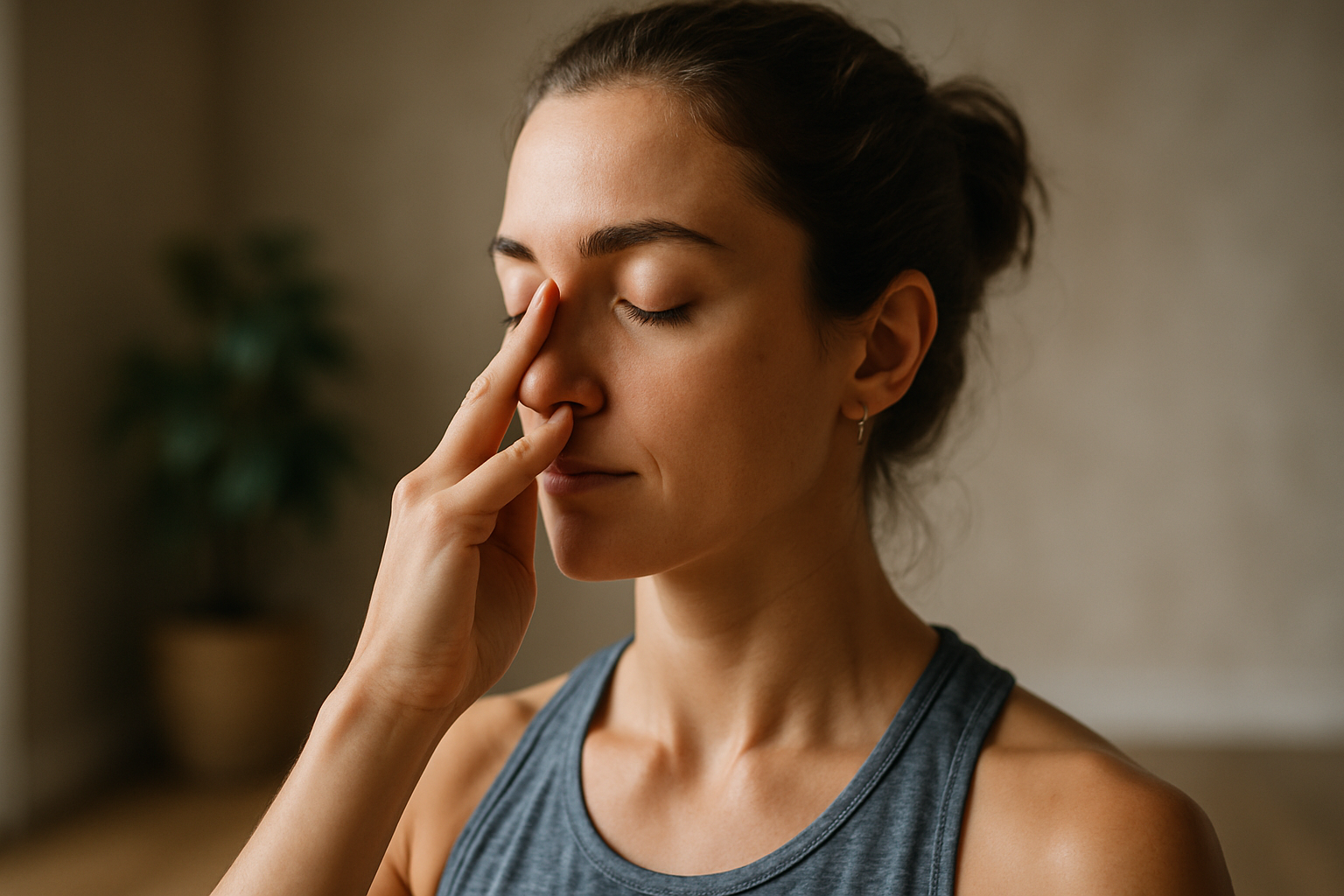Simple recovery routines after high-pressure days
After a demanding, high-pressure day, short, consistent routines can help restore energy and mental clarity. This article outlines practical recovery steps—focused breathing, gentle movement, hydration, and sleep-friendly habits—that fit into busy schedules and support resilience without needing special equipment.

After a high-pressure day, intentional recovery can reduce accumulated tension and improve next-day performance. Simple, repeatable steps—focused breathing, short movement breaks, mindful nutrition and hydration, clear boundaries around work, and sleep-supporting habits—help shift the nervous system from reactive to restorative mode. These routines are most effective when kept short, consistent, and realistic for your schedule, allowing you to recharge without adding more stress.
This article is for informational purposes only and should not be considered medical advice. Please consult a qualified healthcare professional for personalized guidance and treatment.
Mindfulness and breathing
Mindfulness practices and deliberate breathing are low-effort ways to interrupt stress cycles. Spend five to ten minutes sitting quietly and paying attention to the breath, or try a simple box-breathing pattern: inhale for four counts, hold four, exhale four, hold four. These exercises reduce sympathetic activation and improve focus by anchoring attention in the present moment. Short, regular sessions—such as before dinner or after logging off—build mental habits that increase calm over time, and can be paired with a grounding sensory check (notice three things you can see, hear, and feel).
Stress and resilience
Recovering from high-pressure work involves both immediate stress relief and actions that build resilience. Immediate steps include pausing to breathe, stepping outside for natural light, and switching activities to break rumination. Longer-term resilience is supported by balanced workload planning, social connection, and small daily habits that replenish resources—consistent sleep, physical activity, and brief mindfulness practice. Framing recovery as a habitual response rather than an indulgence makes it easier to maintain when demands rise.
Sleep and focus
Quality sleep is central to recovering cognitive focus after intense days. Create a wind-down routine that starts 60–90 minutes before bed: dim lights, mute notifications, and choose calming activities such as reading or gentle stretching. Avoid heavy meals, caffeine, and stimulating screens in the hour before sleep when possible. If your mind races, jotting a short list of next-day tasks can offload worries and improve sleep onset. Regular sleep windows—consistent bed and wake times—support circadian rhythms and help sustain daytime attention.
Hydration and nutrition
Hydration and nutrition are practical levers for physical and mental recovery. Dehydration can worsen fatigue and concentration, so aim to sip water throughout the evening rather than large amounts at once. Choose balanced meals with a mix of protein, healthy fats, and fiber-rich carbohydrates to stabilize blood sugar and sustain energy. Light, easy-to-digest options work well late in the day; include vegetables or whole grains and avoid excessive alcohol that may disrupt sleep. Small, mindful eating rituals—eating without multitasking—can also signal a transition out of working mode.
Movement, posture, and recovery
Gentle movement helps dissipate tension that accumulates in the body during high-pressure work. Short walks, mobility exercises, or five to ten minutes of stretching can relieve neck, shoulder, and lower-back strain from prolonged sitting. Pay attention to posture when you relax: a supportive seat and a neutral spine reduce muscle fatigue and improve breathing efficiency. Progressive muscle relaxation—tensing and releasing major muscle groups—can be an accessible way to notice and release bodily tension prior to sleep.
Boundaries, routines, and selfcare
Clear boundaries around work time and personal time are essential for recovery. Set simple end-of-day routines: a brief review of completed tasks, a stop time for work-related notifications, and a predictable transition activity like a walk or changing into comfortable clothing. Routines signal to your brain that the day has shifted, making it easier to unwind. Include small, regular self-care acts—a warm shower, a favorite quiet hobby, or a social check-in—that replenish emotional resources and preserve resilience.
Conclusion Simple recovery routines after high-pressure days focus on reducing physiological arousal and restoring mental clarity through short, repeatable habits: mindful breathing, targeted movement, hydration and balanced meals, sleep-supporting rituals, and firm boundaries. Consistency matters more than complexity—select a few practices that fit your life and apply them regularly to maintain balance and improve how you respond to future demands.





